- Trips
- Tour Calendar
- About Our Tours
- Plan a Trip
- Book a Trip
- About Us
- Contact Us


The following instructions apply to most of our hiking trips in the Alps such as Best of the Swiss Alps and Exploring the Jungfrau. For more strenuous trips like the Haute Route and the Tour du Mont Blanc, you'll want to refer to the Trekking Packing List. You'll also find informative videos addressing these topics on our Haute Route Essentials page. For our easier trips like sightseeing, rail, and food & wine tours, please refer to our Alps Travel Packing List.
While we always recommend that you travel light, keep in mind that almost all of our hikes and treks are supported with luggage transfers, allowing you to bring a suitcase that will be waiting for you at our hotel most nights. The exception being at the Berghotel Obersteinberg on our Exploring the Jungfrau tour. Most days you'll be able to travel light, carrying just a daypack with snacks, a camera, water, and a light jacket or fleece. Even on the nights when we stay in a mountain hut, all of our food and bedding is provided at the hut, but you may want to carry a change of clothes and personal toiletries. Most people choose to check a suitcase for the transatlantic flight and use their small backpack as a carry-on piece.
At the end of each day, we go out to dinner either at the hotel restaurant or at a nice restaurant nearby. While it's always casual, you'll probably want to clean up and put on something other than the clothes and shoes you've been hiking in all day. A pair of slacks, khakis, or even jeans may be your choice, along with a comfortable pair of shoes or even sandals. While we make some specific recommendations below, your own personal preference, experience, and comfort-what works best for you is ultimately the most important factor in deciding what to bring.
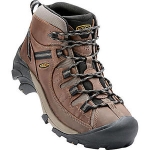
We recommend that you choose your shoes carefully, with proven comfort being your prime consideration. While most modern hiking shoes don't require being "broken in" as was the case with leather boots of old, you will still want to have worn the shoe on a variety of trail surfaces and over comparable condition for 8-10 miles a day carrying a light pack, so that you know they will be comfortable on the trip. Your shoes can be low-cut or mid-ankle, but should have a sturdy sole such as Vibram (my personal favorite). Alpine hiking and walking trails are usually on stable dirt surfaces with some rock, and some patches of boulder-hopping. Happy feet make happy hikers. Keen, Merrell, Oboz, Lowa and Vasque are companies that make quality hiking boots with a variety of styles and materials.
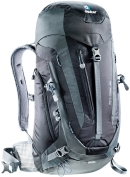
You should be able to get by with a small daypack in the 22-28 liter size. Even with a lighter pack, we would still recommend a hip belt. In the ultralight style, Deuter, Osprey, Vaude, Kelty, Dana Designs, Osprey, Mountainsmith, REI, Sierra Designs and Jansport all make great packs. Many of these packs come with a built in waterproof pack cover, but you can also buy an inexpensive cover separately. For years now, Alpenwild Trip Leaders were outfitted in some smart-looking and highly functional Deuter packs --a great choice.
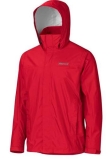
I wish we could say this isn't really needed, but good lightweight raingear (tops and bottoms) can make the difference between a miserable day and an enjoyable personal triumph. While we've long recommended waterproof-breathable (Gore-Tex) type raingear, some manufacturers make lightweight raingear using other fabrics. You may find that an inexpensive, even disposable, poncho can serve you very well. It is a personal preference. You can also read more about Rain Gear in the Alps here.
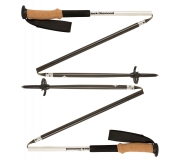
Trekking poles have many benefits. They provide propulsion on the ascent, aid in balance and stability, and protect your knees on the descent. Though not mandatory, the vast majority of hikers use trekking poles and you'll see them used on day hikes throughout the Alps. Poles should be collapsible so that they fit conveniently in checked luggage since they are not allowed on board the aircraft under security regulations. Alpenwild Trip Leaders give the nod to the Black Diamond trekking poles.
It's a good idea to pack your clothes in zip-lock bags inside your pack. We've also had good experience using the airtight vacuum-sealed packing bags. They allow you to compact your clothes in a small space and are reusable. When selecting clothing, think about dual-purpose clothes and about layering for warmth and keeping dry. It is better to have several layers you can take off and put on one at a time versus one heavy layer.
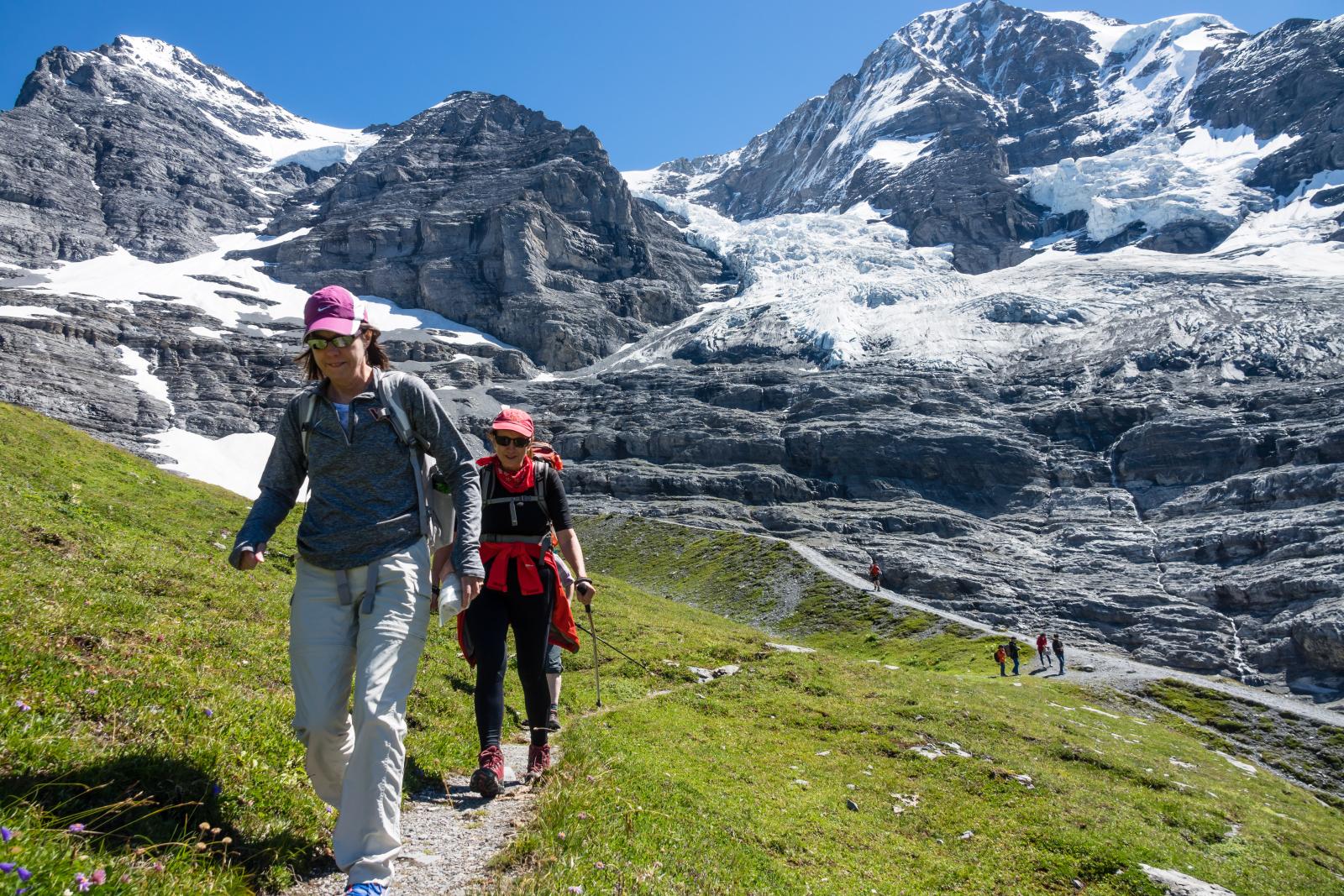
Try not to pack too much. Most people choose to check a suitcase for the transatlantic flight and use their small backpack as a carry-on piece.
.png)